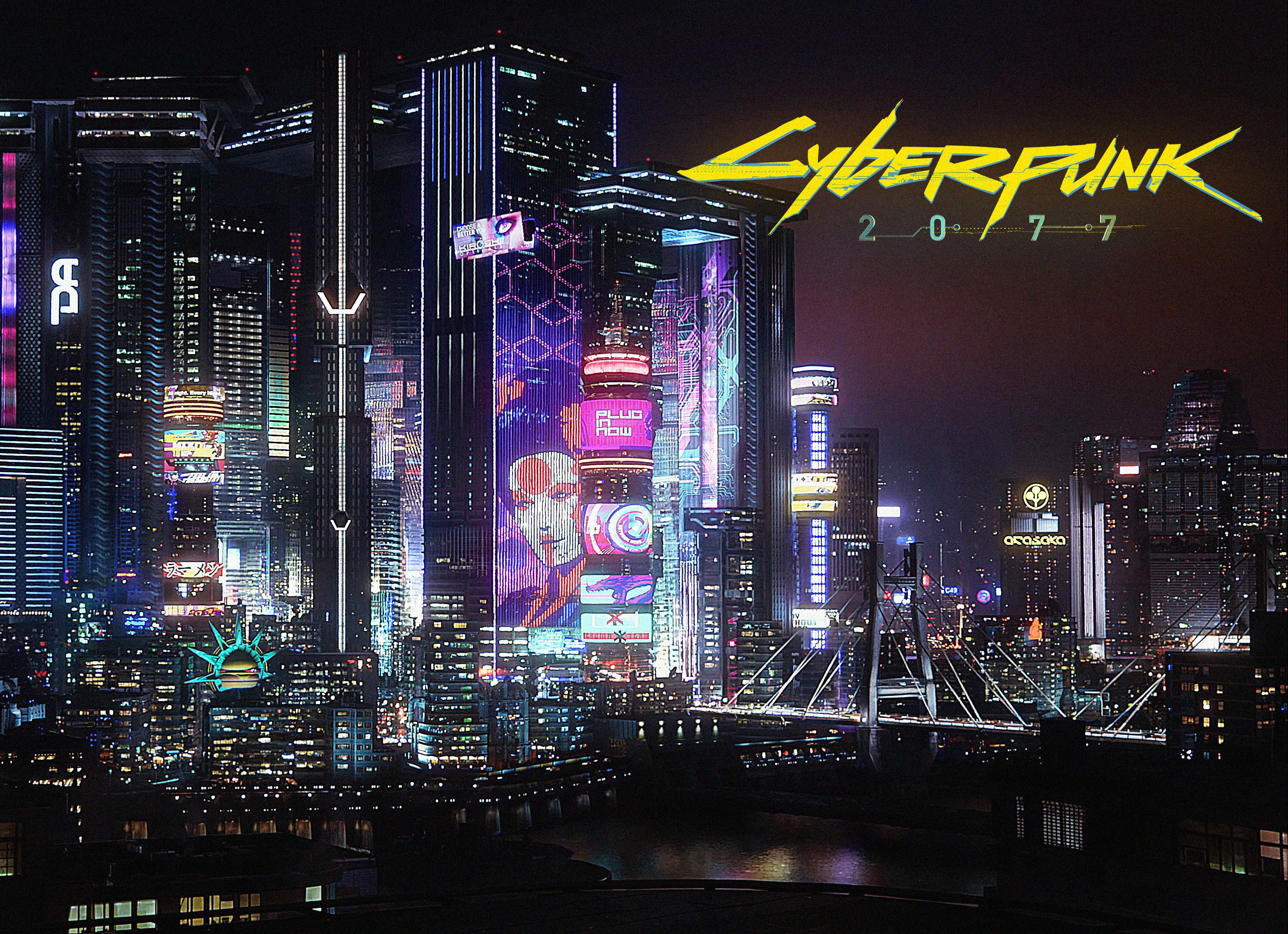AAA Game-Based Simulation: The Evolution of Racing in Virtual Worlds
Introduction
The world of racing games has evolved dramatically over the past few decades, transitioning from simple arcade-style experiences to highly realistic simulations. AAA (Triple-A) racing simulations now offer unparalleled immersion, leveraging cutting-edge graphics, physics engines, and artificial intelligence to replicate real-world motorsports. Titles like Gran Turismo, Forza Motorsport, and Assetto Corsa have set new standards in the genre, blurring the line between virtual and reality.
This article explores the key elements that define AAA racing simulations, their technological advancements, and their impact on both gaming and professional motorsports.
The Pillars of AAA Racing Simulations
1. Realistic Physics Engines
At the heart of any racing simulation is its physics engine. Unlike arcade racers, which prioritize fun over accuracy, AAA simulators strive to replicate real-world vehicle dynamics. Factors such as weight transfer, tire grip, aerodynamics, and suspension behavior are meticulously modeled.
For example, iRacing uses laser-scanned tracks and real-world telemetry data to ensure that every bump, camber, and kerb behaves as it would in reality. Similarly, Assetto Corsa Competizione employs an advanced tire model that accounts for temperature, wear, and pressure changes, forcing players to adapt their driving style accordingly.
2. Photorealistic Graphics & Immersive Audio
Modern racing simulations push the limits of visual fidelity. Ray tracing, dynamic weather systems, and high-resolution textures create lifelike environments that enhance immersion. Games like Forza Motorsport (2023) and Gran Turismo 7 use real-time global illumination to simulate how light interacts with different surfaces, from wet asphalt to polished carbon fiber.
Sound design is equally crucial. AAA titles capture actual engine recordings, exhaust notes, and even wind noise at high speeds. The roar of a V12 engine or the screech of tires on tarmac adds to the sensory experience, making players feel as if they are truly behind the wheel.
3. AI & Competitive Racing
Artificial intelligence in racing simulations has grown increasingly sophisticated. Instead of scripted opponents, modern games use adaptive AI that learns from player behavior. In F1 23, for instance, AI drivers make strategic decisions based on race conditions, pit stops, and tire wear, mimicking real Formula 1 tactics.

Multiplayer has also revolutionized the genre. eSports platforms like iRacing host professional leagues where virtual racers compete for real-world prizes. Some professional drivers, such as Max Verstappen and Lando Norris, regularly participate in sim racing, further legitimizing it as a training tool.
4. Vehicle & Track Authenticity
AAA racing simulations pride themselves on licensing real-world cars and tracks. Gran Turismo 7 features over 400 meticulously detailed vehicles, from classic muscle cars to hypercars like the Bugatti Chiron. Tracks are often laser-scanned to millimeter accuracy, ensuring that elevation changes and surface imperfections match their real counterparts.
Some games, like Project CARS 3, even include dynamic time-of-day and weather systems, forcing players to adjust their strategies based on changing track conditions.
The Impact of Racing Simulations
1. Professional Driver Training
Simulators are no longer just games—they are essential training tools for real-world racers. Formula 1 teams use advanced simulators to prepare drivers for upcoming circuits, allowing them to practice without the cost and risk of physical testing.
2. Accessibility & eSports Growth
Sim racing has democratized motorsports. Unlike real racing, which requires expensive equipment and track access, virtual racing allows anyone with a gaming setup to compete at a high level. Platforms like iRacing and RaceRoom host thousands of players daily, fostering a thriving competitive scene.
3. The Future of Racing Games
With advancements in VR (Virtual Reality) and haptic feedback, the next generation of racing simulations will be even more immersive. Titles like Gran Turismo 7 already support PlayStation VR2, offering a first-person cockpit experience unlike anything before.
Additionally, AI-driven procedural generation could allow for infinite track variations, while cloud gaming may enable seamless multiplayer experiences with minimal latency.
Conclusion
AAA racing simulations represent the pinnacle of virtual motorsports, combining realism, technology, and competitive gameplay. As hardware and software continue to evolve, these games will further bridge the gap between gaming and real-world racing, offering unparalleled experiences for casual players and professionals alike. Whether you're a motorsport enthusiast or a competitive gamer, the future of sim racing promises even greater thrills.
Would you like any modifications or additional details on specific aspects of racing simulations?















